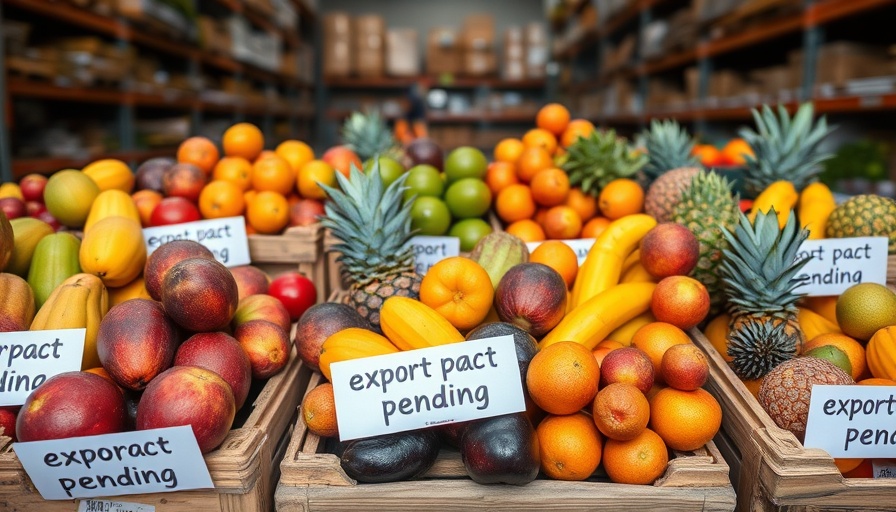
Bank Indonesia’s Strategic Pivot: A Detailed Overview
Bank Indonesia (BI) has recently made the significant move of cutting its benchmark interest rate by 25 basis points, lowering it to 5.50%. This marks the second reduction this year, signaling a deliberate strategy aimed at fostering economic growth amidst an increasingly complex global landscape marked by trade tensions and internal fiscal aspirations. This article aims to unpack the implications of this decision through the lens of economic stability, geopolitical dynamics, and Indonesia's burgeoning role within BRICS.
The Economic Landscape: Stimulus vs. Stability
The decision to reduce interest rates reflects a responsive approach to a deteriorating economic climate. Indonesia's GDP growth in the first quarter of 2025 dwindled to 4.87%, the slowest pace recorded in three years. As the specter of global trade uncertainty looms, with the U.S. planning new tariffs that could affect key Indonesian exports, the central bank's rate cut appears as a strategic measure to mitigate domestic economic weaknesses.
Inflationary trends further complicate BI's decision-making. While April’s headline inflation was relatively stable at 1.95%, core inflation figures showed a worrying rise to 2.5%, compounded by fluctuating food prices impacting consumer spending. The challenge before BI is to stimulate growth without igniting more inflationary pressures, effectively walking a tightrope.
Navigating Currency Dynamics: The Rupiah’s Recovery
Post-rate cut, the rupiah showed some resilience, recovering approximately 3% from its all-time lows. However, as BI looks to increase foreign investment by relaxing ownership limits in the banking sector, the currency remains under threat from potential capital flight, especially if economic forecasts dip further due to international pressures.
This delicate balance raises questions about long-term stability and investor confidence. With BRICS enhancing Indonesia's international trade potential, the political maneuvering surrounding these reforms becomes critical in attracting sustainable investment.
The BRICS Factor: Geopolitical Implications
As a new member of BRICS, representing a significant share of global GDP and population, Indonesia stands to gain access to crucial development funds. However, this membership brings its own unique set of challenges. The simultaneous pursuit of growth through competitive interest rates and the stability of the rupiah may clash with the geopolitical tensions resulting from scrutiny by Western economies towards the BRICS bloc.
For BI, the task is monumental: to leverage BRICS membership for infrastructural financing while ensuring that it does not compromise its domestic monetary objectives. This duality underlines the intricate relationship between international cooperation and local governance.
Future Trends: Balancing Act for Economic Policymakers
Looking ahead, policymakers at Bank Indonesia must deftly navigate the ongoing interplay between domestic ambitions and global realities. With external pressures multiplying, the efficacy of monetary policy will be tested continuously. Observers are keen to see how successfully BI can manage this trilemma as Indonesia’s position within BRICS evolves.
President Prabowo Subianto's pro-growth narrative arguably receives a boost from these developments, yet the real test lies in sustaining economic momentum amid intricate global geopolitics. The implications of BI's rate cuts extend beyond immediate economic conditions—reflecting a broader strategy to reshape Indonesia's role on the world stage, prioritizing both growth and stability.
Conclusion: The Path Ahead
In conclusion, as BI implements its rate cut strategy within a complex framework of local challenges and international expectations, it underscores a critical phase in Indonesia’s economic journey. Stakeholders—ranging from investors to citizens—are encouraged to remain vigilant, as the outcomes of these policies will likely resonate well beyond Indonesia’s borders. Understanding these dynamics is crucial for any informed engagement with Indonesia's growth narrative.
 Add Row
Add Row  Add
Add 




Write A Comment